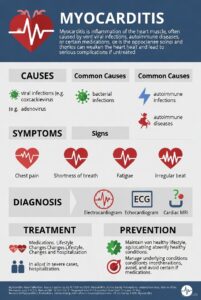-
- Collection of specimens
- Fundamental steps common to all procedures
- Assemble the necessary equipment.
- Identify the child using two patient identifiers (e.g., patient name and medical record or birth date; neither can be a room number).
- Compare the same two identifiers with the specimen container and order.
- Perform hand hygiene, maintain aseptic technique, and follow Standard Precautions.
- Explain the procedure to parents and child according to the developmental level of the child; reassure the child that the procedure is not a punishment.
- Provide atraumatic care and position the child securely.
- Prepare area with antiseptic agent.
- Place specimens in appropriate containers, and apply a patient ID label to the specimen container in the presence of the child and family.
- Discard puncture device in puncture-resistant container near the site of use.
- Wash the procedural preparation agent off if povidone/iodine is used, if skin is sensitive, and for infants.
- Remove gloves and perform hand hygiene after the procedure.
- Have children wash their hands if they have helped.
- Praise the child for helping.
- Document pertinent aspects of the procedure, such as number of attempts, site and amount of blood or urine withdrawn, as well as type of test performed.
- Fundamental steps common to all procedures
- Collection of specimens

Reduce Your Risk from Respiratory Viruses This Holiday Season
November 20, 2024, 12:30 PM EST For Everyone NOV. 20, 2024 WHAT TO KNOW Flu, COVID-19, and RSV illnesses are at low levels right now



